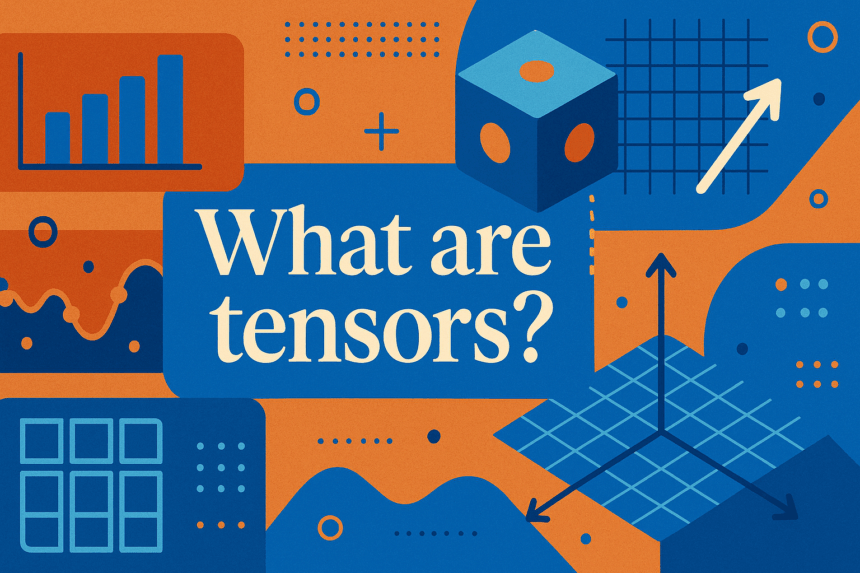Tensors serve as a cornerstone in the realms of artificial intelligence and deep learning, connecting intricate mathematics with fundamental principles of physics. Though their precise definitions can shift dramatically depending on the discipline, their impact remains profoundly significant across various applications.
Fundamentally, tensors are sophisticated structures designed to encapsulate multi-dimensional data. This ability to represent, store, and manipulate information across different dimensions makes them vital in AI. Advanced neural networks, which are essential for many modern applications, depend heavily on these multi-dimensional constructs to perform their tasks efficiently.
At the simplest level, tensors can manage data points in dimensions ranging from one to countless others. They can manifest as straightforward one-dimensional arrays, transition into two-dimensional matrices for applications like image recognition or text processing, and extend to complex, higher-dimensional datasets relevant in areas such as video analysis and time-series forecasting.
Interpretation of even basic video data mandates a multi-dimensional approach, especially when factoring in time—often referred to as the fourth dimension. Training neural networks to create or modify video involves a meticulous understanding of these varying dimensions.
This concept grows increasingly pertinent as AI progresses into robotics, where understanding context is essential for effective task execution. Lacking this comprehension could severely hamper operational performance.
Tensors offer a robust method for translating real-world elements into formats digestible by neural networks. For example, in image classification, pixel data is represented via tensors in matrix form, allowing networks to accurately sort and categorize images. In the field of natural language processing, tensors are equally crucial, serving as the foundation for word embeddings and sequences of text.
For engineers working on complex models to analyze large-scale datasets, mastering the manipulation of tensors is imperative. Two leading frameworks that facilitate this process are PyTorch—developed by Facebook—and TensorFlow, created by Google. Both platforms enable data scientists and machine learning experts to efficiently navigate the intricacies of multi-dimensional data.
It’s essential to recognize that the interpretation of tensors can vary widely. Within computer science, especially in machine learning, they are typically seen as dimensional constructs within neural networks. However, in mathematics, tensors are described through elaborate equations related to vectors, matrices, and scalars, while in physics, they are often defined by their transformative characteristics, lending an air of ambiguity to the term across different fields.
One significant aspect worth noting is the vital role of advanced graphics processing units (GPUs), which adeptly manage extensive 3D matrices. This capability aligns seamlessly with the needs of neural networks regularly tasked with processing intricate real-world data.
In conclusion, within the framework of artificial intelligence, a tensor functions as a crucial repository for numerical data. Such structured data is essential for AI models as they execute their analyses, differentiations, and computations based on inputs from users.
For individuals unacquainted with advanced mathematics or theoretical physics, grasping the concept of tensors may feel overwhelming—akin to a field mouse trying to navigate Netflix. It is a complex environment that often appears just out of reach.























